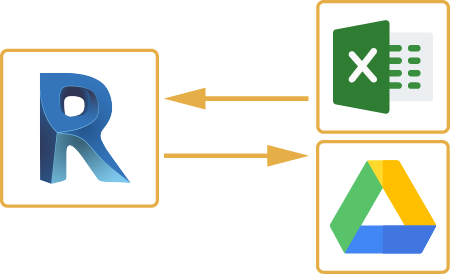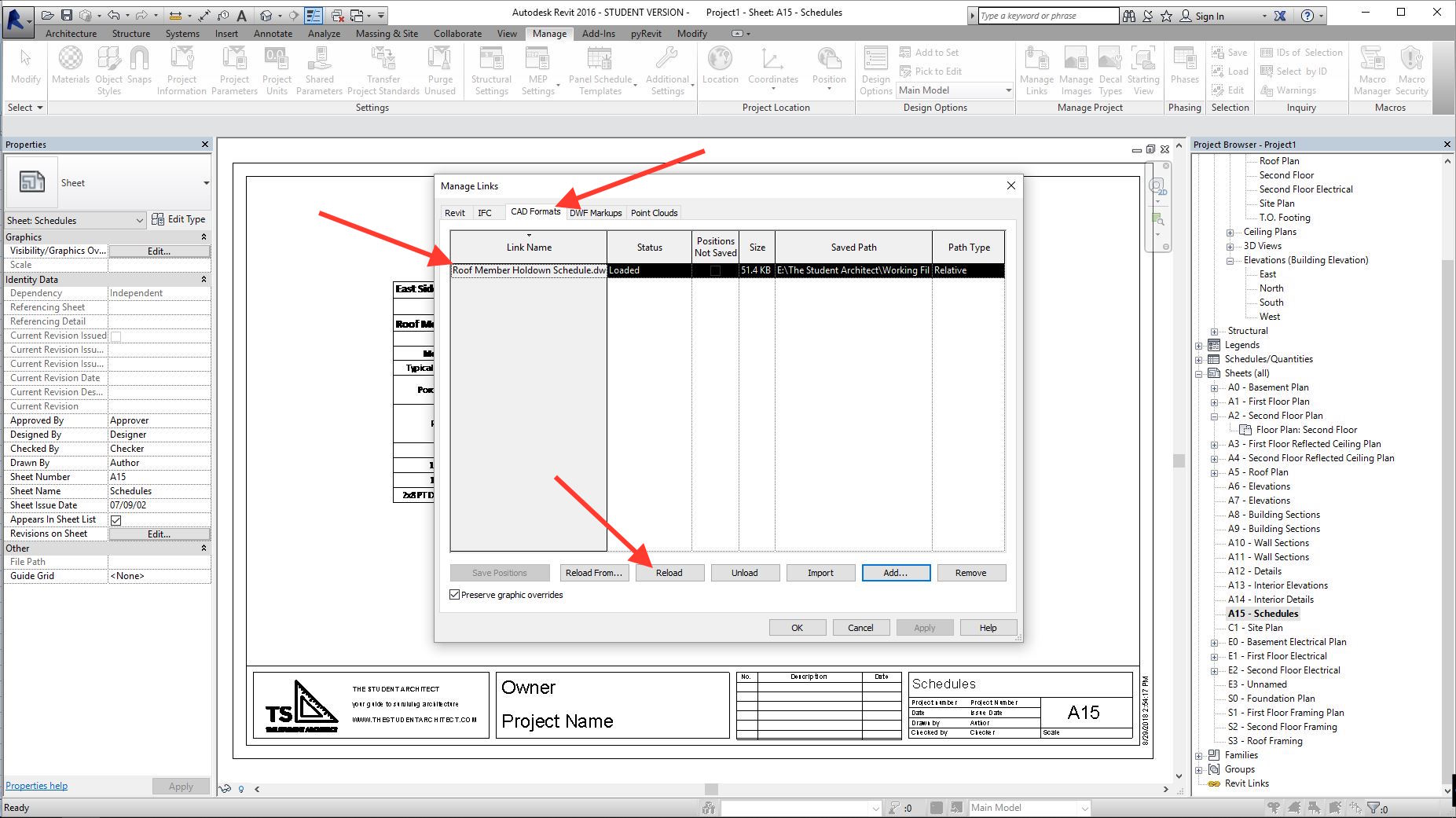Grasping the Art of Information Integration: Exactly How to Seamlessly Import Excel Data Into Revit
Are you struggling to import Excel data into Revit efficiently? Look no more! In this article, we will certainly guide you via the process of mastering the art of data assimilation. Discover the relevance of smooth assimilation in Revit and discover the Excel data layout for Revit assimilation. Prepare to prepare your Excel information easily and follow our step-by-step guide to import files right into Revit. With our finest techniques, you'll accomplish data combination success in no time. Let's get begun!
Comprehending the Importance of Data Integration in Revit
Recognizing the value of data integration in Revit is crucial for seamless importing of Excel documents. It permits you to successfully update and handle information throughout the entire job when you integrate data from Excel into Revit. This combination guarantees that your layout and construction process is exact and updated.
By integrating data, you can quickly import and upgrade parameters, routines, and even geometry in Revit. This eliminates the demand for manual information entrance, saving you time and minimizing the threat of mistakes. With Revit's data combination abilities, you can maintain consistency and precision in your task, while also improving partnership among employee.

Exploring the Excel Documents Format for Revit Integration

In order to effectively integrate Excel data into Revit, it is crucial to make sure that the data is formatted appropriately. This includes properly labeling columns and rows, in addition to structuring the information in such a way that is compatible with Revit's information schema. Revit makes use of details specifications and classifications to organize information, so it is essential to straighten the Excel information with these specifications to ensure a seamless assimilation.
Furthermore, it is essential to note that Revit just sustains specific information types when importing from Excel. These include message, numbers, and dates. Any various other data types, such as formulas or conditional formatting, will certainly not be recognized by Revit and might cause problems during the combination process.
Preparing Your Excel Data for Seamless Import Into Revit
To guarantee a smooth combination procedure, you'll need to properly format and tag the columns and rows in your Excel information before importing it right into Revit. Begin by examining your Excel data and recognizing which columns and rows have relevant details for your Revit job.
Following, guarantee that the data in each column is appropriately formatted. If you have a column for dimensions, make certain that all measurements are consistently formatted you can try this out in the same units of dimension. Revit counts on regular formatting to precisely interpret and import information.
Additionally, it is essential to look for any type of empty cells or disparities in your information. Revit might not be able to read or import data from cells that are vacant or have mistakes. It is recommended to review your Excel information and cleanse up any kind of incongruities before importing it into Revit.
Step-By-Step Guide to Importing Excel Info Into Revit
When you've effectively formatted and identified your Excel data, you can quickly import it into Revit by following this detailed guide. To start, open Revit and navigate to the "Insert" tab. Click on "Import CAD" and pick "Import Excel" from the dropdown food selection. A brand-new home window will certainly show up, asking you to find the Excel data you desire to import. Browse your computer and select the Excel data, after that click "Open."
Next, a dialog box will appear, allowing you to customize the import setups. Here, you can choose the worksheet you this post intend to import, specify the variety of cells to import, and choose the ideal devices for your data. As soon as you have actually made your choices, click "OK" to proceed.
Revit will currently display a preview of your Excel data. Take a moment to make certain and evaluate the preview that everything looks correct. If required, you can make modifications to the import settings by clicking the "Setups" button.
Best Practices for Data Combination Success in Revit
Ensure you comply with these finest practices to ensure effective assimilation of data in Revit. Primarily, it is important to organize your information in Excel prior to importing it into Revit. This means making sure consistent calling conventions, appropriate formatting, and exact information depiction. Next off, make usage of Revit's integrated tools for information find more information mapping. This will certainly enable you to match the columns in your Excel documents with the matching parameters in Revit. Bear in mind the information and units kinds when mapping the information, as any inconsistencies can bring about mistakes in the combination process.
An additional crucial technique is to regularly verify and upgrade your data. In addition, make usage of information validation devices within Revit to identify any kind of mistakes or incongruities in the incorporated data.
Last but not least, it is advised to establish a clear process for information combination. This includes specifying duties and roles, setting up an interaction channel between team participants, and establishing a regular cadence for information updates and testimonials. By adhering to these finest methods, you can make sure a smooth and effective integration of information in Revit, eventually boosting the efficiency and precision of your task.
Conclusion
Finally, mastering the art of information combination is vital for seamless import of Excel submits into Revit. Understanding the value of information combination in Revit is the very first action towards effective integration. Discovering the Excel data layout for Revit assimilation aids in understanding the requirements and constraints. Preparing the Excel information effectively and adhering to a step-by-step guide is essential for a smooth import procedure. By complying with best practices, you can make certain data combination success in Revit and make one of the most out of your task.
When importing data from Excel into Revit, it is vital to comprehend the file format and just how it can influence the assimilation process (revit tool). Revit uses certain criteria and classifications to organize data, so it is important to align the Excel information with these parameters to guarantee a smooth assimilation
Be conscious of the devices and information kinds when mapping the information, as any type of disparities can lead to errors in the integration procedure.
Additionally, make use of information validation tools within Revit to determine any kind of mistakes or variances in the incorporated information.
